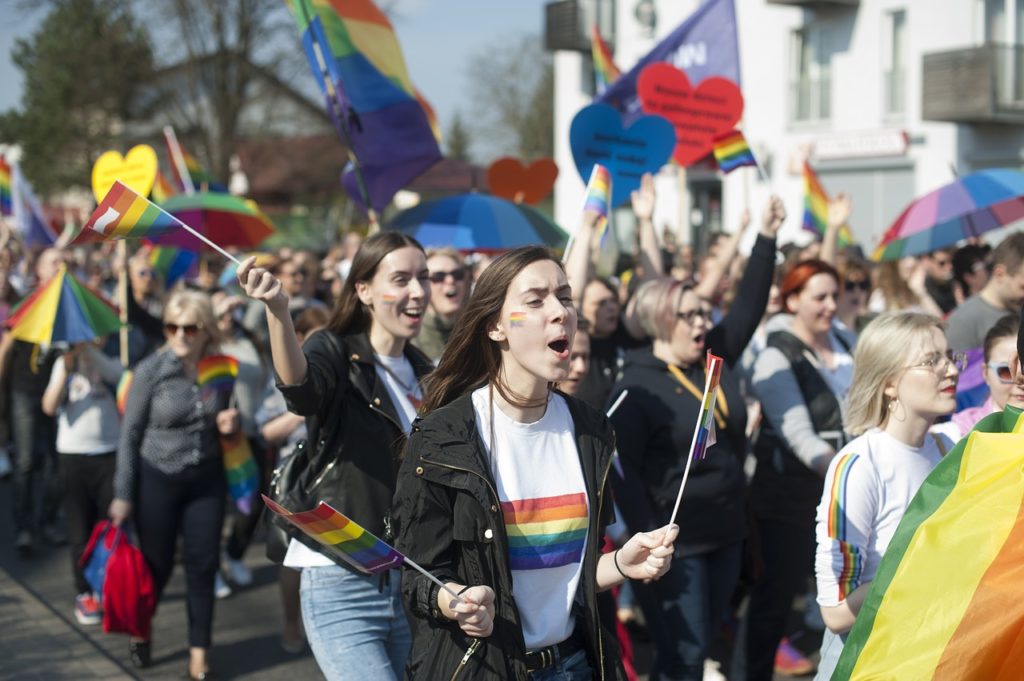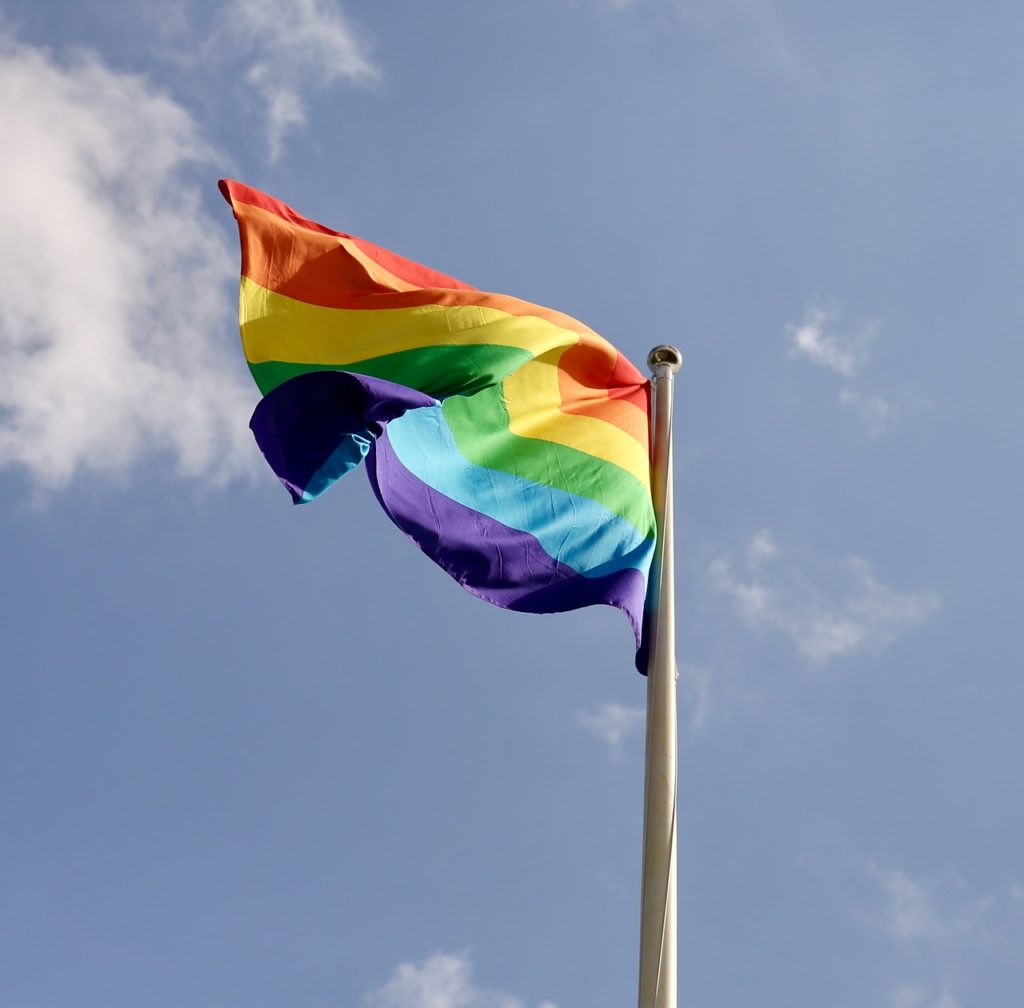It is estimated that 10,000 adults turn 65 and older everyday. Amidst an aging population and shrinking healthcare workforce, caregivers play a crucial role in the long-term care of older adults, accounting for more than 85% of all elder care in the US. According to a 2015 study by AARP, it was estimated that there are 34.2 million Americans are providing care to another person who is over the age 50.
The number of caregivers in the United States is expected to grow alongside the older adult population. Caregivers provide physical, psychological, and emotional care for another person who may be a family member, friend, or a partner. The act of providing care can be very fulfilling, but as a caregiver, you often give up many other things for the person you love. Caregiving can be very challenging when balanced with other aspects of a person life. In addition, caregivers may feel overwhelmed due the multitude of medical tasks, responsibilities, and through neglecting their own lives. This may worsen a caregiver’s health, leading to increased rates of depression, anxiety, isolation, financial strain, poorer subjective health and increased mortality risk.
These challenges are exacerbated for lesbian, gay, bisexual, and/or transgender (LGBT) caregivers who face unique challenges unlike any other group.

In LGBT communities, it may be difficult to find a caregiver due to discrimination by both family members and the healthcare system. Historically, older adults rely on family members, partners and children to provide care; however, LGBT older adults are four times less likely to have children and twice as likely to be single. Additionally, LGBT older adults who are estranged from their biological family members rely on “family of choice” rather than family of origin. An LGBT older adult’s family of choice typically consists of friends, partners, and/or ex-partners.
LGBT older adults rely on one another through their family of choice and it is common for LGBT older adults to become caregivers themselves. One in five LGBT people is a caregiver, compared to 1 in 6 for non-LGBT people. Despite the increase in LGBT people becoming caregivers, making up 9% of all caregivers in the US, they are often excluded from aging services and benefits, and discriminated against by our healthcare systems. Regardless of these challenges, the LGBT community continues to thrive, relying on each other for care.

Since LGBT older adults rely on family of choice, caregiving arrangements may look different from conventional relationships. Healthcare providers, legislators, and advocates have to broaden our understanding of the term “family” in “family caregiving” in order to encompass these unique arrangements. In LGBT communities, there are three primary groups of caregivers:
1. LGBT Older Adults Caring for Other LGBT Older Adults
An example of this caring arrangement is a lesbian caring for her ex-partner. Due to limited resources, support and discrimination, this caring arrangement is frequently observed in LGBT communities. This arrangement may also be problematic as older LGBT caregivers may have reduced capacities diminishing the quality of care. In addition, older LGBT caregivers may have their own health complications due to aging.
2. Caregivers Who Happen to Identify as LGBT
An example of this caring arranging is a gay son caring for his aging non-LGBT father. These caregivers are usually young or middle aged. Seeking aging services and aid from healthcare services may be easier for these caregivers as their loved ones are non-LGBT. Although it may be easier for loved ones, LGBT caregivers can still face discrimination. It is common for LGBT caregivers to provide care for an aging parent who have never accepted their identity. This may increase caregiver stress and burden.
3. Others Caring for LGBT Older Adults
Although LGBT adults are less likely to have children, relatives and other family members may provide care. It is not uncommon for a nephew to provide care to aging lesbian aunt, for example. In addition, friends and/or neighbors may provide care for an LGBT elder who may be isolated and unable to receive support. As these caregivers are non-LGBT, they may feel welcome in healthcare settings and aging supportive services, however they may be surprised about the discrimination their LGBT care recipient receives. It may be difficult for these caregivers to find LGBT-specific or openly affirming healthcare settings.

In LGBT communities, caregivers face unique challenges unlike any other group. The challenges of caregiving are exacerbated in the LGBT community due to increased discrimination and harassment. Regardless, LGBT older adults and caregivers continue to persevere. As we advocate for family caregivers, we need to strongly focus on LGBT caregivers as a vulnerable and often overlooked group. This LGBT Pride Month, it is my hope that we build greater support for LGBT caregivers and fight for their health equity.
The opinions expressed in this article are those of the author and do not necessarily reflect those of the Diverse Elders Coalition.

